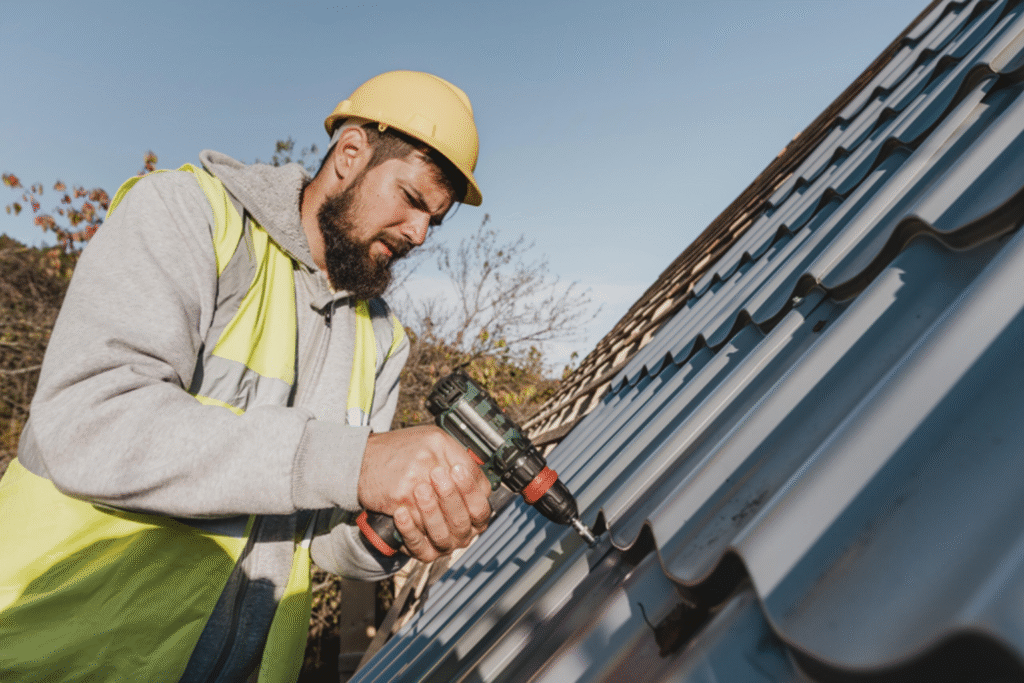5 Practical Tips for Replacing Your Commercial Roof

Replacing a commercial roof is a big task that requires careful planning. It is important to ensure the replacement is done correctly to avoid problems in the future. Roofs protect buildings from the weather, so keeping them in good condition is essential.
Whether your roof is damaged or getting old, replacing it might be necessary. Here are five practical tips to guide you through the process of replacing your commercial roof.
1. Assess the Roof’s Condition
Before replacing your commercial roof, you must first assess its current condition. This will help you determine if it truly needs to be replaced or if repairs will be enough. Look for signs of severe damage, such as leaks, cracks, or missing shingles.
It’s also a good idea to check how long the roof has been in place. If it has lasted for decades, it might be time for a replacement.
2. Choose the Right Material
For replacement roofs, choosing the right materials is crucial. There are many different roofing options, such as metal, asphalt, and TPO. Each material has its advantages, so you should pick one that fits your building’s needs and your budget.
For example, metal roofs are durable and long-lasting, while TPO is energy-efficient and great for flat roofs. Think about your building’s size, location, and maintenance. Consulting with a roofing expert can help you make the right choice.
3. Hire Commercial Roofing Services
Hiring professional commercial roofing services is a smart decision for any roof replacement project. Roofing experts have the skills and experience to get the job done correctly and safely. They will know how to handle various roofing materials and ensure that the installation meets local building codes.
By working with experts, you reduce the risk of mistakes that could lead to leaks or other problems. Look for a roofing company with a good reputation and positive reviews.
4. Plan for Disruption
Roof replacement can cause some disruption to your business. The work might take several days or weeks, depending on the size of the roof. You should plan ahead to minimize the impact on your daily operations. Consider working with the roofing company to schedule the work during off-hours or on weekends.
This way, you can avoid any interference with your business activities. It’s also important to inform your employees and customers about the upcoming work so they can prepare for any temporary inconveniences.
5. Inspect the Finished Roof
Once the roof replacement is complete, it’s important to inspect the finished work. Check that all parts of the roof are properly installed and that there are no visible issues. Ensure that the roofing company has cleaned up the site and removed any debris.
It’s also a good idea to ask for documentation of the work done, including any warranties or guarantees. A thorough inspection will help you catch any problems early and ensure that your new roof will provide reliable protection for many years.
Conclusion
Replacing a commercial roof is an important task that requires careful planning and attention to detail. By assessing the roof’s condition, choosing the right materials, hiring experienced roofing services, planning for disruption, and inspecting the finished work, you can ensure a smooth roof replacement process.
Always remember that your roof plays a critical role in protecting your building, so take the time to get it right. With the right approach, your new roof will keep your business safe and secure for years to come.
